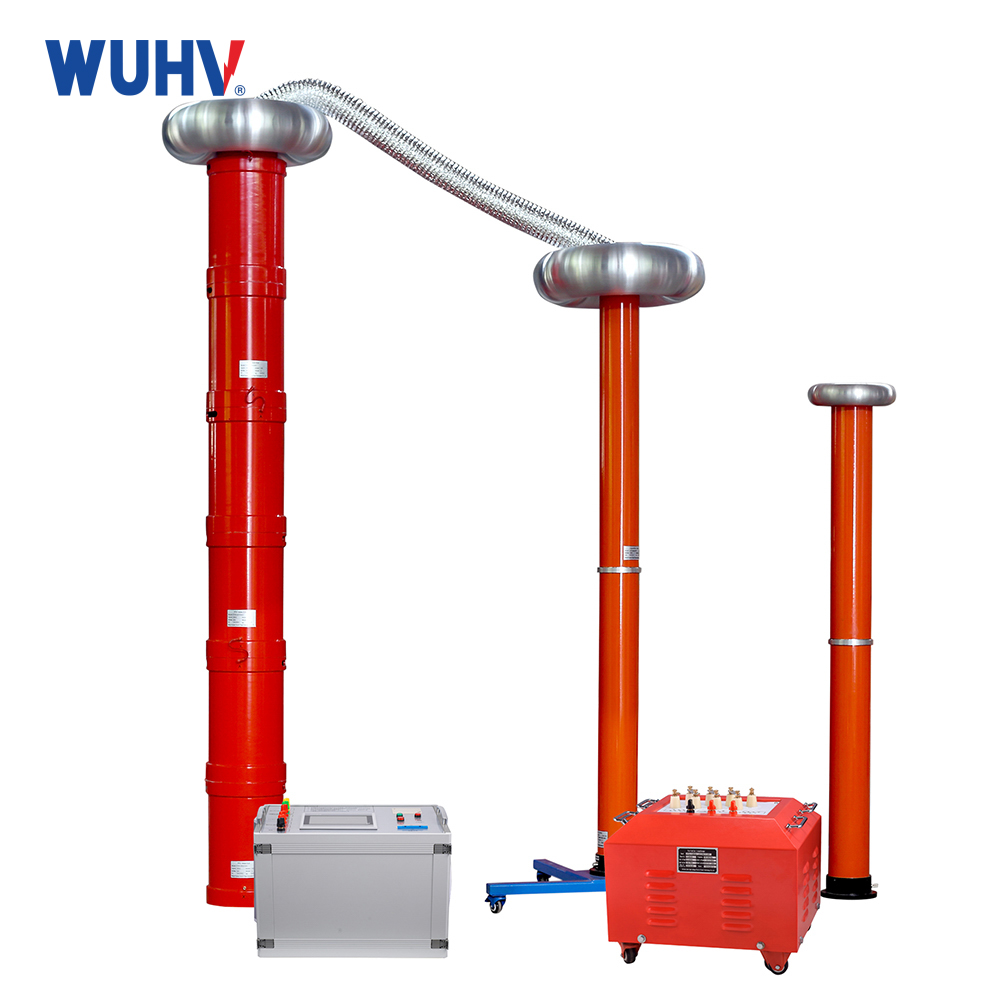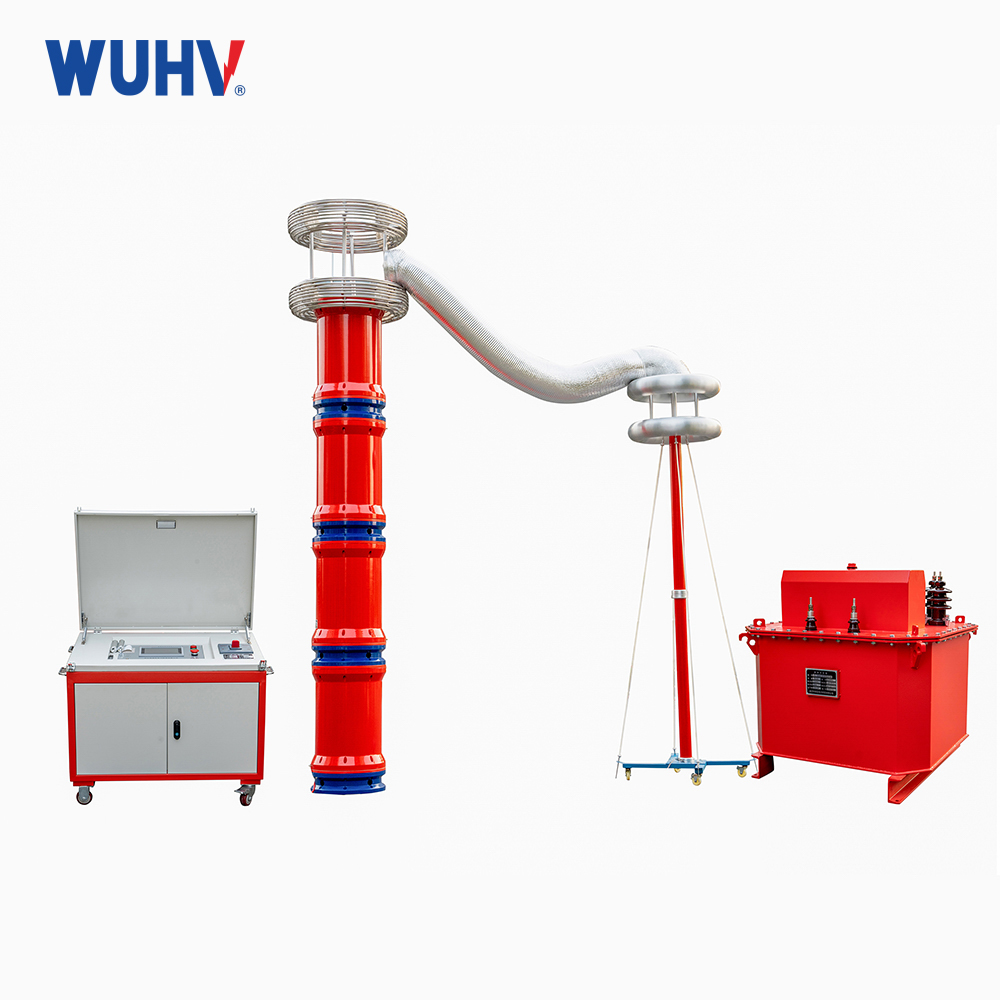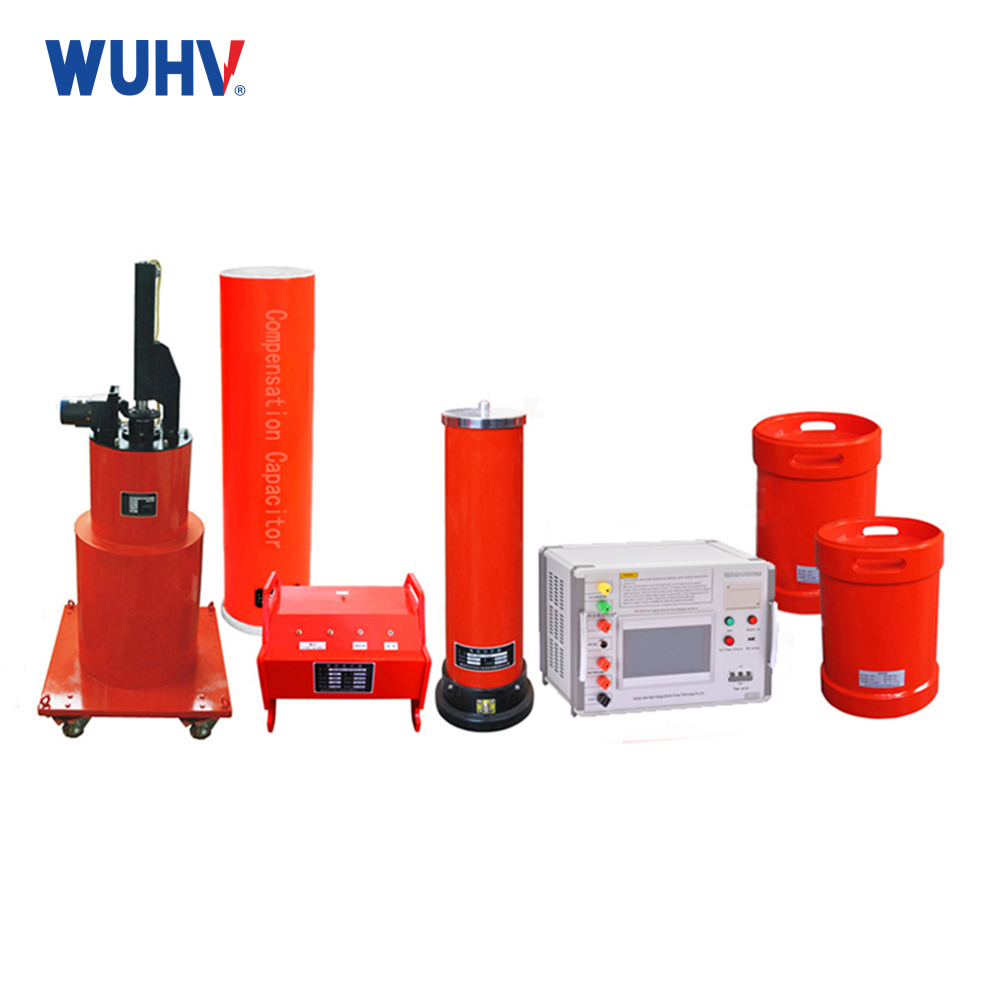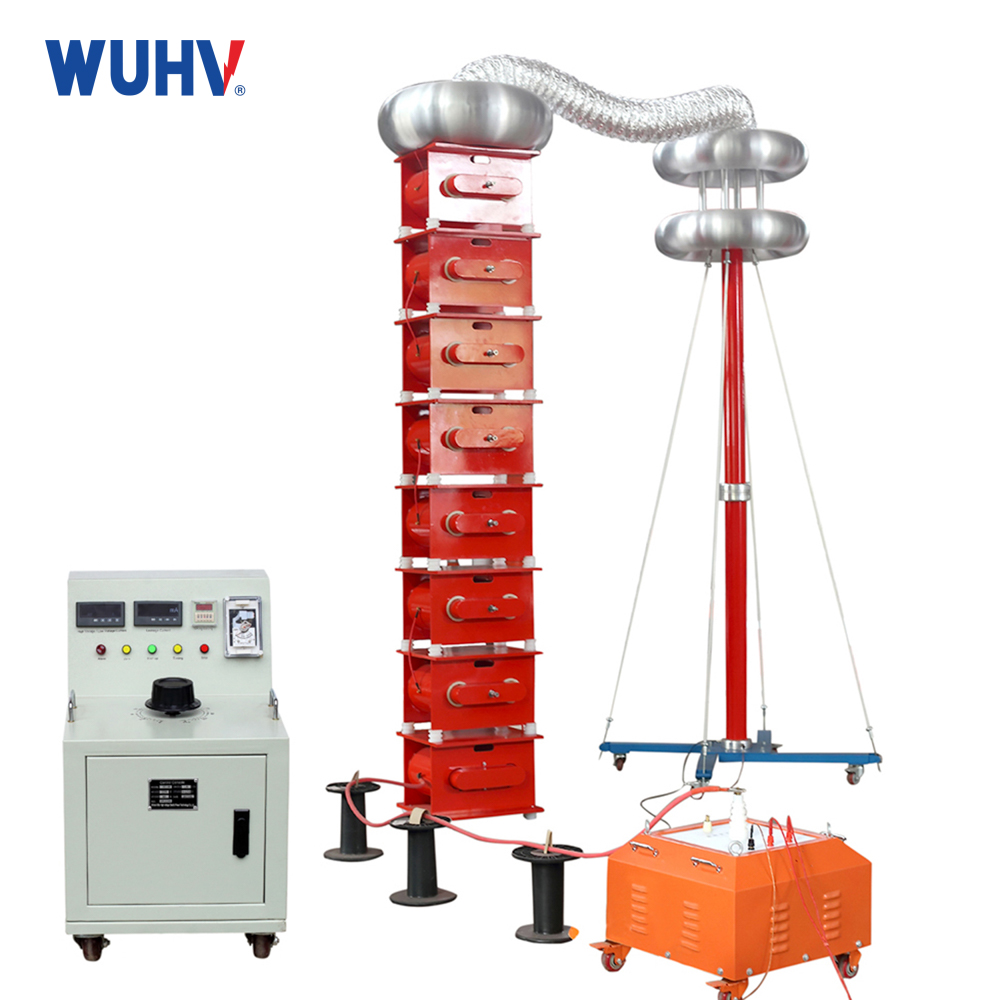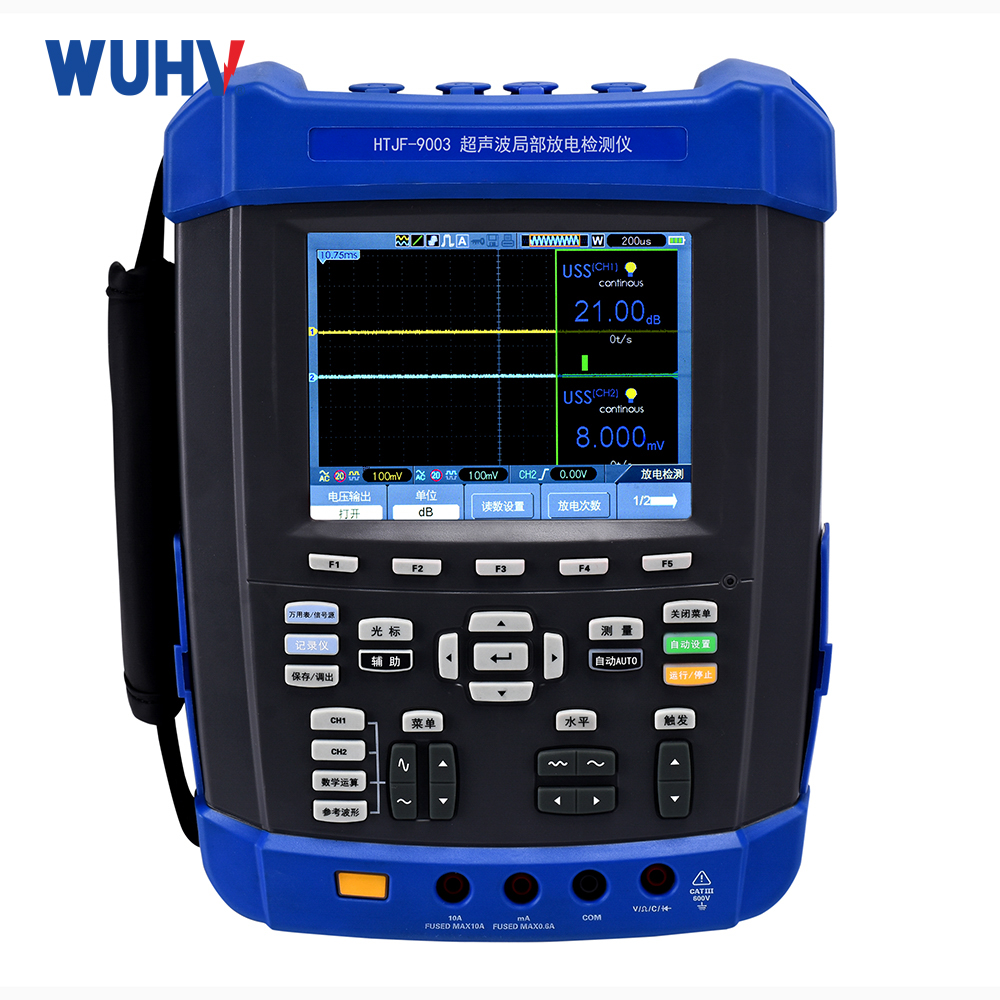The oil chromatography analyzer under UHV power can help many power workers conduct various power tests more conveniently.
Once a transformer malfunctions, it will have a serious impact on production, causing major power outages and long cycles. Timely understanding of the internal operation of oil immersed transformers and identifying fault symptoms is of great significance for ensuring the safe, reliable, and high-quality operation of transformers. For oil immersed transformers, both the coil and core are immersed in transformer oil. It is impossible to determine the hidden dangers of transformers with naked eyes and direct measurement. A certain technical method must be adopted to understand the operating status of the transformer.
Gas chromatography, also known as chromatography, is a physical separation technique. The separation principle is to distribute the components in the mixture between two phases, one is the stationary phase, called the stationary phase, and the other is the fluid that pushes the mixture through the stationary phase, called the active phase. When the mixture in the mobile phase passes through the stationary phase, it interacts with the stationary phase. Due to the different properties and structures of each component, the magnitude of their interactions also varies. Therefore, under the same driving force, the residence time of different components in the stationary phase may be longer or shorter, and they will flow out of the stationary phase in sequence. It is called chromatographic separation technology or chromatography technology. When using liquid as the mobile phase, it is called liquid chromatography, and when using gas as the mobile phase, it is called gas chromatography.
Chromatography has the following advantages: (1) high separation efficiency, (2) fast analysis speed, (3) low sample consumption, (4) high sensitivity, and (5) wide applicability, which are incomparable to many other chemical analysis methods.
The general process of gas chromatography mainly includes three parts: carrier gas system, chromatographic column, and detector. The specific process is shown in the following figure: when a mixed sample of different substances carried by the carrier gas passes through the chromatographic column, a portion of the substances in the gas phase will dissolve or be adsorbed into the stationary phase. The molecules of the sample substances in the gas phase gradually increase, that is, the molecules of each substance in the sample are distributed in two phases, and eventually reach equilibrium. The process of dissolution and volatilization of this substance between two phases is called the distribution process. When the distribution reaches equilibrium, the ratio of the concentration of a substance in two phases is called the distribution coefficient,
The separation principle of visible gas chromatography is to use different substances with different distribution coefficients between two phases. When the two phases move relative to each other, the components of the sample are repeatedly distributed in the two phases, resulting in a significant separation effect for components with similar distribution coefficients, thus causing component separation. Then enter the detector to identify each component.
The gas composition mainly produced by extreme oil and extreme substances under different temperatures and energies is as follows:
1) Evaporation and slower oxidation occur below 140 ° C.
2) At 140 ℃~500 ℃, the oil decomposition of Jiyuan oil mainly produces hydrocarbon gases, mainly methane and ethane. As the temperature increases (above 500 ℃), the decomposition of oil increases sharply, and the increase in olefins and hydrogen is relatively high. Fast speed, especially for ethylene, and at higher temperatures (about 800 ℃), acetylene gas is also produced.
3) When there is an electric arc in the oil (at temperatures exceeding 1000 ℃, most of the gases causing oil cracking are acetylene and hydrogen, as well as some methane and ethylene).
4) During the operation of the equipment, thermal expansion and contraction caused by load changes, turbulence generated by oil circulation with the pump, mechanical vibration caused by magnetic hysteresis expansion effect of the iron core, etc, It can lead to tooth decay and oil formation. Release dissolved gases. If the generated bubbles gather in the high-pressure stress zone of the edge structure of the equipment, they will cause air gap discharge (generally referred to as partial discharge) under high electric fields. The discharge itself will further cause oil decomposition and damage to the surrounding solids. The decomposition of edge materials produces gas, which is more conducive to gas discharge under the action of electrical stress.
5) When solid materials are heated for a long time at lower temperatures (below 140 ℃), they will gradually age and deteriorate, producing gases, mainly carbon monoxide and carbon dioxide, with the latter being the main component.
6) At temperatures above 200 ℃, solid boundary materials will decompose into hydrogen and hydrocarbon gases in addition to carbon oxides. The ratio of carbon monoxide to carbon dioxide varies at different temperatures. This ratio is at low temperatures. Small but large at high temperatures.
7) Metal materials such as steel act as catalysts, and water reacts with iron to produce hydrogen gas. In addition, austenitic stainless steel can store hydrogen, which will be released and dissolved in oil when in contact with it the most.



